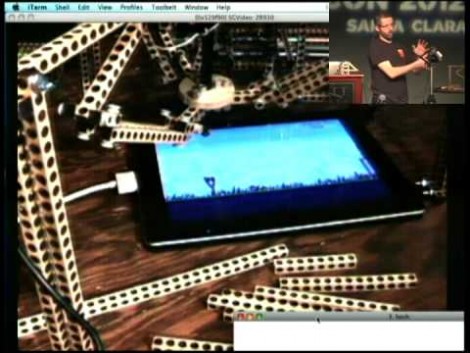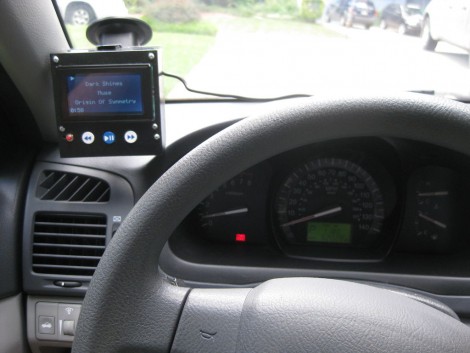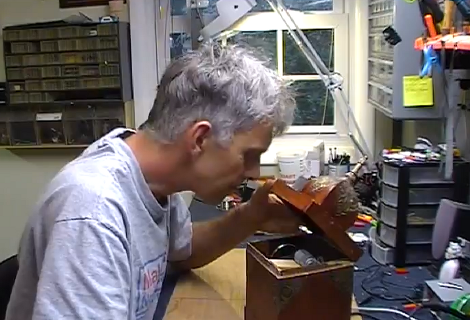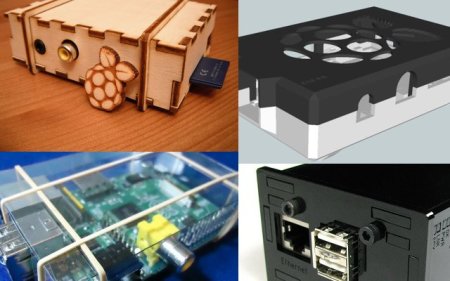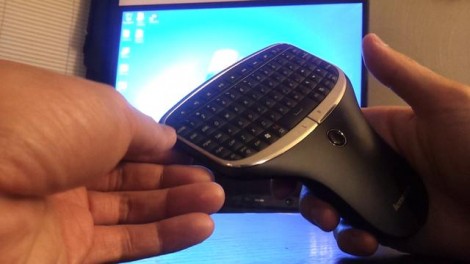
We’d bet that most readers stream video as the lion’s share of their entertainment consumption. It’s getting easier and easier thanks to great platforms like XBMC, but not everything is available in one place, which can be a bit off-putting. [Tony Hoang] is trying to simplify his viewing experience by creating one remote to rule all of his streaming software. He’s got an HTPC connected to his entertainment center, and used a bit of scripting to add some functionality to this Lenovo N9502 remote control.
The hack is entirely software-side. The remote already works quite well, but he remapped the home, end, and page up buttons, as well as the mouse controller. The three buttons will launch XBMC, Hulu, and Netflix respectively. They are also set to kill the other applications before launch so that one button will do everything needed to switch between one another. The mouse remapping takes care of up, down, left, and right keys for navigation in the UI and control of the playing videos. See a demo of the setup after the break.
Everything was done with autohotkey scripts for Windows. But this should be easy to code with other OSes as well. If you’re prone to have a slip of the finger you might want to work out a double-click to launch the applications so you don’t accidentally hit a key in the middle of your favorite show.

